Implement App Maintenance Mode with...
November 25, 2025

We already have an API named REST for data communication, which follows a clear and well-structured resource-oriented approach. But, REST is not so flexible to cope with the rapidly changing requirements of the clients that access them. In this case, when the data gets more complex, the routes get longer. Sometimes, it is challenging to fetch the data with a single request. That’s why we use GraphQL.
GraphQL is a query language and runtime for APIs developed by Facebook and introduced as an alternative to REST (Representational State Transfer) APIs.
It allows for more flexibility in API communication by enabling the client to request exactly the data it needs, rather than over or under-fetching from multiple endpoints.
This results in more efficient and flexible API communication, reducing network bandwidth and improving the application’s overall performance. GraphQL is used by many companies and organisations and has a growing and supportive community.
There are mainly two types of Application components
Schema: Schema defines the types of data that can be queried and the relationships between them.
A GraphQL schema is used to validate incoming queries and ensure that only valid data is returned to the client. The schema also provides documentation and type checking, making it easier for client developers to understand and use the API.
Queries: Requests for specific data, similar to a GET request in REST.
There are 2 important parts of a query: field and arguments.
Field: In a GraphQL query, a field specifies that we are asking for particular information from the server.
In a GraphQL query, a field specifies that we are asking for particular information from the server.
An example of a field in GraphQL query.
Request:-
The client is sending the request based on his requirement.

Response:-
The Client is getting the below response based on his request.

Here in the above query example, we ask the server for the field called the student, and its subfields like id and first name, and the GraphQL server sends the data.
Argument: Every field on a GraphQL object type can have zero or more arguments.
Mutations: Mutations are operations that allow for the modification of data on the server. They are similar to POST, PUT, or DELETE requests in REST APIs. Mutations are defined as fields on the root Mutation type in the schema and allow for the creation, update, or deletion of data.
Resolvers: Resolvers are used to provide directions for converting GraphQL operations into data. They provide instructions for turning a GraphQL operation into data. They define resolver functions to resolve the query to data.
Types: The basic building blocks of a GraphQL schema, including scalar types (such as Int, String, and Boolean) and object types (which represent a group of related fields).
Browser-based interface for editing and testing GraphQL queries and mutations.
The best tool to build GraphQL client applications. Integrates well with all javascript front-end.
Steps to use GraphQL with Spring boot are as follows:
Step 1: Open Spring Initializr http://start.spring.io to create a Spring boot project.
Step 2: Select the Spring Boot version.
Step 3: Provide the Group name.
Step 4: Provide the Artifact Id.
Step 5: Add the dependencies Spring Web, Spring Data JPA, GraphQL, and MYSQL Database.
Step 6: Click on the Generate button. When we click on the Generate button, it wraps the specifications in a Jar file and downloads it to the local system.
Step 7: You have to Perform CRUD Operation in Spring Boot
Dependencies:

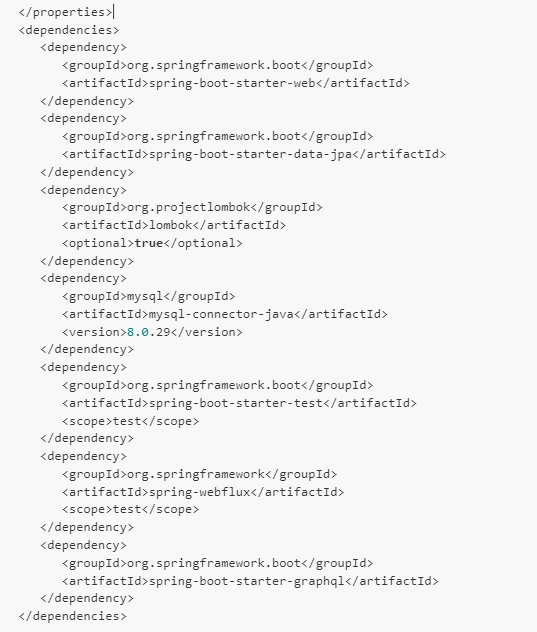


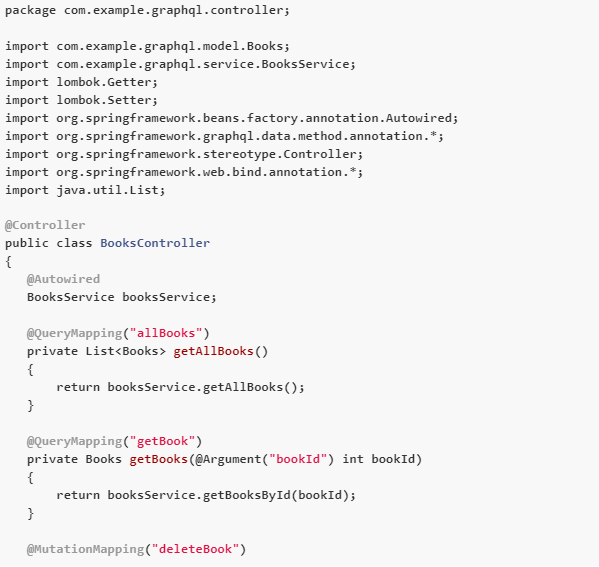
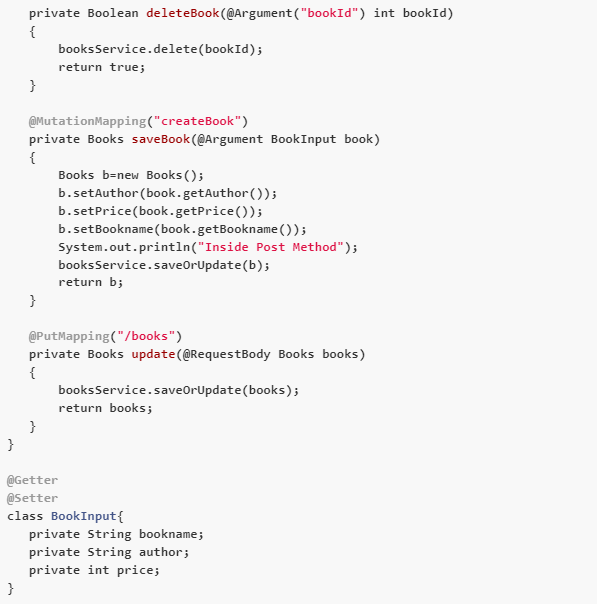

Step 11. Service Class







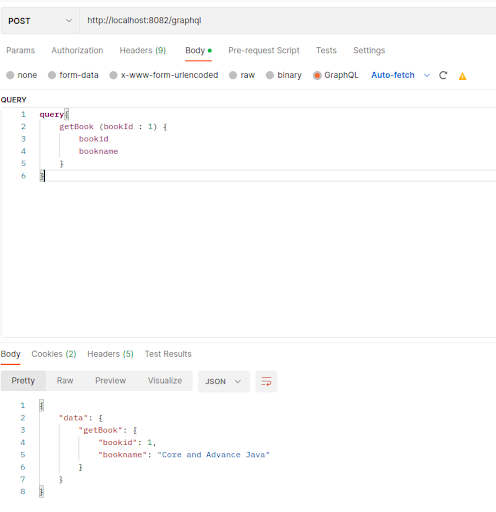

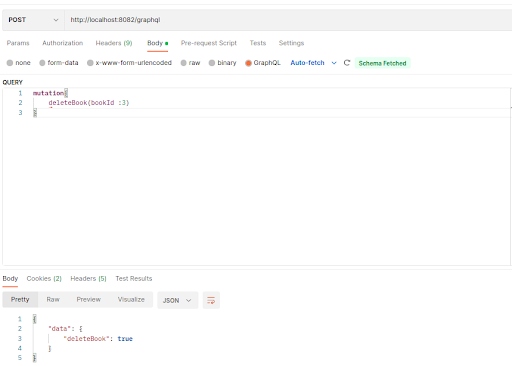
In conclusion, GraphQL is a modern and efficient query language and runtime for APIs that provides greater flexibility and efficiency compared to traditional REST APIs.
Its key features, such as the ability to request exactly the data needed in a single request and the ability to evolve APIs without versioning, make it a popular choice for organizations and developers looking to build scalable and maintainable API systems.
With its growing community and support from major technology companies, it is a technology that is worth considering for any new API development project.